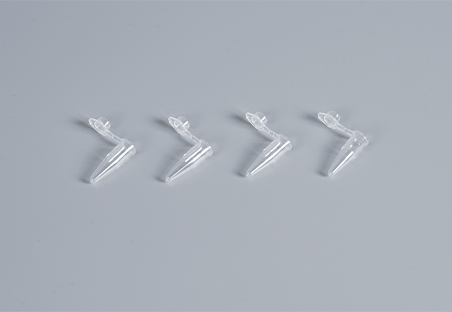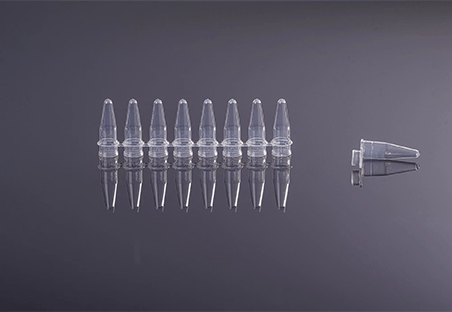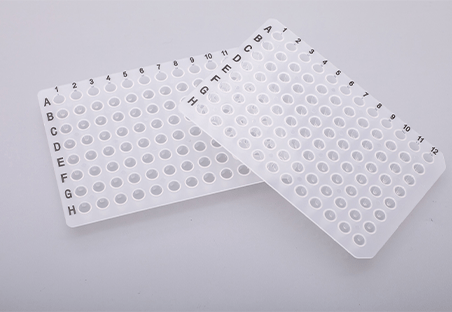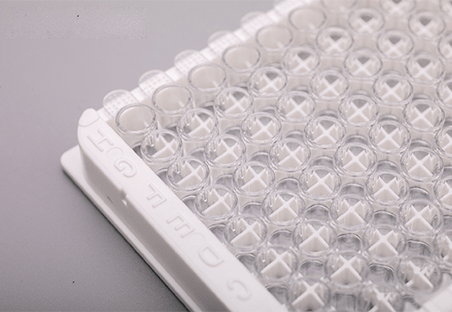PCR plates are covered with a thin, transparent sheet of material called PCR Plate Sealing Film. It aids in avoiding sample loss, evaporation, and contamination in PCR experiments. Polyester, polypropylene, and polyethylene are just a few of the materials that are available for PCR Plate Sealing Film. To accommodate various PCR plate kinds, it is additionally offered in a range of thicknesses and sizes. We’ll talk about the best ways to use, reuse, and store PCR Plate Sealing Film in this article.
How Can I Ensure a Good Seal With PCR Plate Sealing Film?
Effective experiments require a tight seal created with PCR Plate Sealing Film. Accurate and trustworthy results are ensured by preventing contamination, evaporation, and sample integrity problems. Here’s your guide to achieving a perfect seal:
Before You Seal:
- Choose wisely: Various movies meet different needs. Adhesive films provide robust seals for extended incubations, while optical films are best for qPCR (which requires clarity). Think about the type of experiment, the temperature range, and the suitability of the instruments.
- Prep is key: Make sure your plate is spotless, dry, and devoid of any smudges or fingerprints. If the manufacturer advises it, pre-chill the film, particularly if it is an adhesive film.
- Environmental control: For best results, keep the environment cool and dry (15–25°C, 30–50% humidity) to avoid air bubbles or warping of the film during sealing.
Sealing Techniques:
- Manual Sealing:
- Flatten the film: To get rid of wrinkles or air pockets, gently roll the film with a roller or your gloves.
- Align and press: Make sure all of the wells are covered by placing the film squarely on the plate. Gently apply pressure, working your way outward from the center. For an even seal, apply pressure consistently.
- Heat Sealing:
- Set the heat: For your particular heat sealer and film type, adhere to the manufacturer’s instructions. The film or plate may be harmed by overheating.
- Position the plate: Place the plate on the heat sealer with caution.
- Seal with pressure: Turn on the sealing cycle and gently press down on the film with even pressure as the heated lid presses against it.
Tips for a Flawless Seal:
- Seal promptly: When adding samples, seal right away to reduce condensation and evaporation.
- Avoid overfilling wells: Having too much liquid can lead to pressure points and jeopardize the seal.
- Inspect and reapply: Examine visually for any creases, gaps, or bubbles, particularly in the vicinity of the well’s edges and borders. Apply again if required.
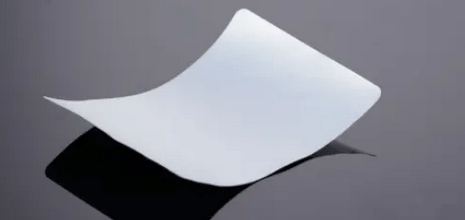
Can I Reuse PCR Plate Sealing Film?
Generally, reusing PCR Plate Sealing Film is not recommended and carries several risks. Here’s why:
- Physical Damage: With every use, the film becomes more prone to rips, creases, and punctures. These flaws have the potential to weaken the seal and provide openings for pollutants.
- Contamination: Despite rigorous cleaning, microscopic remnants of biological agents or DNA/RNA may persist on the film, causing sample cross-contamination in later research. This could undermine the validity of your research and invalidate your findings.
- Reduced Optical Clarity: Films made especially for qPCR, known as optical clarity films, may become less transparent with repeated use, which could have an impact on data accuracy and fluorescence readings.
- Increased Costs: Although it may appear economical to reuse film initially, there is a chance of contamination and erroneous results, which can result in expensive repeats and wasted experiments.
- Compromised Seal: The film’s ability to form a tight and secure seal is compromised by repeated use, which weakens the film’s adhesive properties. Risks of contamination, evaporation, and sample leakage may result from this.
Reusable sealing mats made specifically for PCR plates do exist, though. Usually constructed of silicone, these can be autoclaved to sterilize them in between uses. Even so, it’s imperative to make sure that everything is cleaned thoroughly and stored properly to reduce the risk of contamination.
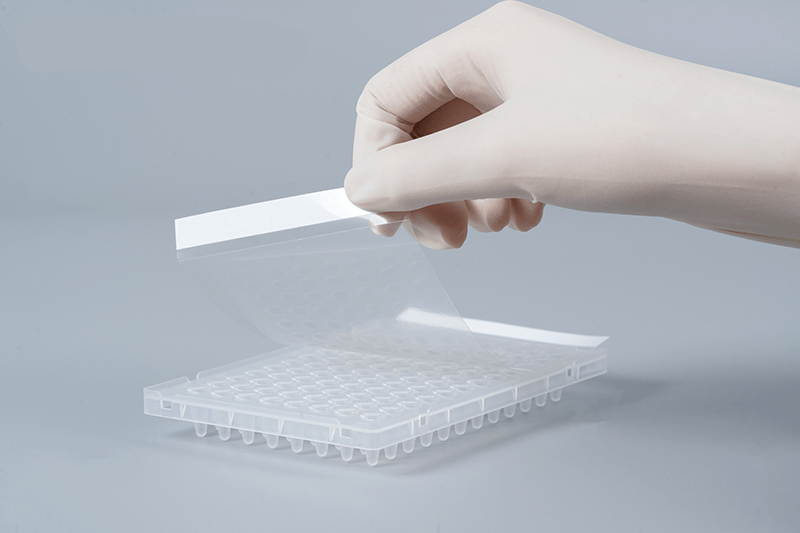
How Can I Store PCR Plates With PCR Plate Sealing Film?
Storing PCR plates with PCR Plate Sealing Film properly is crucial for maintaining sample integrity and preventing contamination. Here’s a guide to maximizing shelf life and preventing issues:
- Temperature:
- Generally: It is advised to store most films between 2°C and 8°C. Steer clear of freezing as this can warp the film and damage the seal.
- Long-term storage: When storing plates for more than a month, it’s advisable to store them at -20°C or lower.
- Follow the instructions provided by the supplier: There are specific storage temperature requirements for different types of films. For the best storage temperatures, refer to the supplier’s instructions.
- Position:
- Store plates upright: This reduces the possibility of leaks or warping of the seal. Make use of plate racks or other specialized storage options made to hold plates upright.
- Avoid stacking: Plate stacking may increase the chance of leaks by applying pressure to the seals.
- Additional Tips:
- Protect from light: Some films might be light-sensitive, particularly those used in PCR. To stop deterioration, store plates in cabinets or other light-protected containers.
- Label plates clearly: For simple identification and retrieval, label plates with the sample information, date, and storage guidelines.
- Minimize exposure to humidity: Excessive humidity may encourage microbial growth and condensation. Plates should not be kept in moist conditions.
- Monitor seal integrity: Make sure the seals are regularly inspected for leaks, wrinkling, or cracks. If the plate seems contaminated, either throw it away or reseal it with new film.
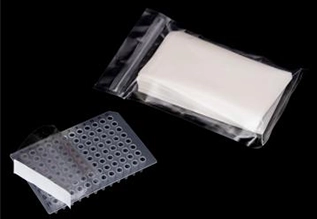
Conclusion
It’s critical to keep in mind that optimal PCR Plate Sealing Film practices encompass not only technical aspects but also data integrity protection, efficiency maximization, experiment optimization, and maintenance of laboratory safety. Gaining expertise in these methods will enable you to contribute significantly and consistently to research while upholding a safe and efficient lab workflow. Please contact us for more details.
